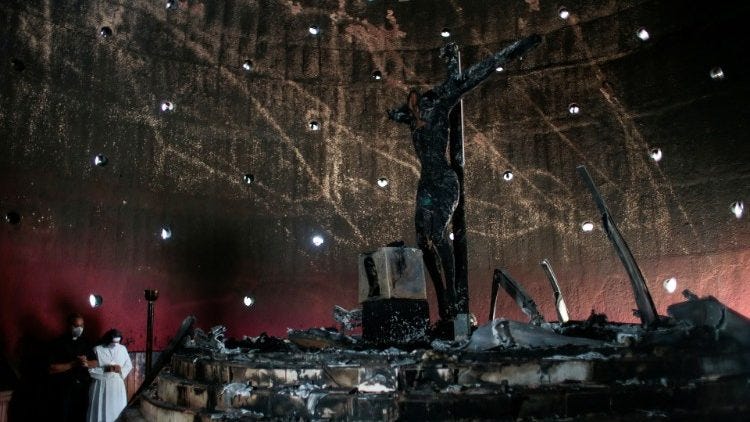The Church in Nicaragua's bleak midwinter
While the world was celebrating Christmas, the Nicaraguan government escalated its campaign against the Catholic Church
Error
While most of the world was celebrating Christmas, the Nicaraguan government escalated its campaign against the Catholic Church in the country. In recent weeks the regime has jailed more than 15 priests, along with a bishop, two seminarians and some lay collaborators.

